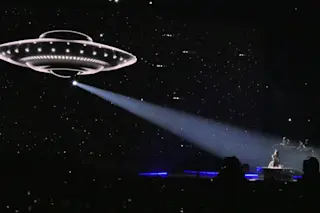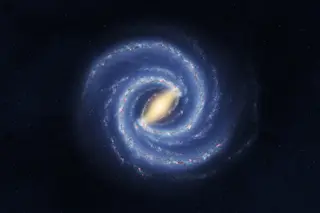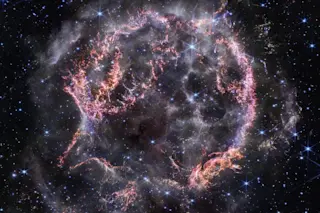Time seems to stand still in South Newington, a secluded village ringed by rolling green hills about 20 miles north of Oxford, England. The 1,000-year-old baptismal font in the town's church, the thatch-roofed houses, and the tidy gardens along narrow lanes all appear unchanged by the passage of centuries. Standing on the roof of the church's bell tower on a warm, late-summer day, Julian Barbour, a theoretical physicist with some extraordinary notions about the nature of time, points to his home, known as College Farm, which borders the ancient church.
"It looks almost exactly as it did when it was built 340 years ago," says Barbour. "The barn is also from the 17th century. Virtually all the houses you see around are from about 1640 to 1720. The long, low house is the one I grew up in. That's my parents' house. It dates from about 1710 to 1720." The ...














